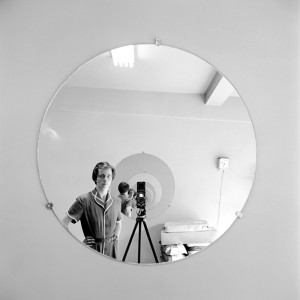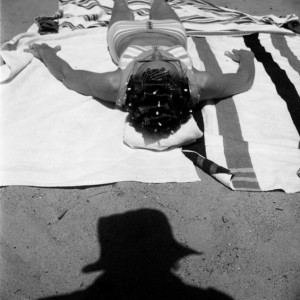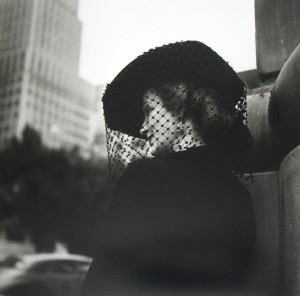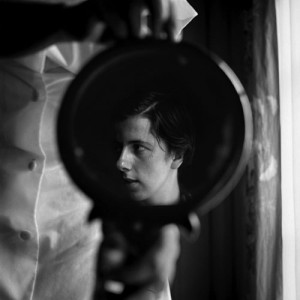The Cincinnati Fotofocus Bienniel 2014 happened last month and I spent a considerable amount of time going to some of the exhibits that were up. Among the many that I liked, the show of Vivian Maier's work stood out for many reasons. For those readers who are unfamiliar with her work, Maier was a nanny who worked primarily for families in Chicago. She was also a passionate photographer who would frequently go out into the streets with her Rolleiflex. She was a complete unknown until after she died in 2009, when her boxes of negatives were bought at auction and the images brought to the attention of others via exposure on the internet.
For those readers who are unfamiliar with her work, Maier was a nanny who worked primarily for families in Chicago. She was also a passionate photographer who would frequently go out into the streets with her Rolleiflex. She was a complete unknown until after she died in 2009, when her boxes of negatives were bought at auction and the images brought to the attention of others via exposure on the internet.
 Roberta Smith, in a NY Times review wrote that Maier's work "may add to the history of 20th-century street photography by summing it up with an almost encyclopedic thoroughness, veering close to just about every well-known photographer you can think of, including Weegee, Robert Frank and Richard Avedon, and then sliding off in another direction. Yet they maintain a distinctive element of calm, a clarity of composition and a gentleness characterized by a lack of sudden movement or extreme emotion."
Roberta Smith, in a NY Times review wrote that Maier's work "may add to the history of 20th-century street photography by summing it up with an almost encyclopedic thoroughness, veering close to just about every well-known photographer you can think of, including Weegee, Robert Frank and Richard Avedon, and then sliding off in another direction. Yet they maintain a distinctive element of calm, a clarity of composition and a gentleness characterized by a lack of sudden movement or extreme emotion."
Those sentiments sum up exactly what I was thinking when I saw this show. But I also couldn't help thinking how unique this exhibit was, in that the artist herself had no hand in it. The prints were not made by Maier, nor were they made under her supervision. The curator chose the images, the mats, and the frames, and specified in what order they would appear. It's rare that an exhibit happens under these kinds of circumstances, where the hand of the artist appears solely at the front end of the creative process. (As an aside, E. J. Bellocq's Storyville Portraits series and Eugene Atget's photographs of turn-of-the-century Paris come to mind as other examples of this relatively rare phenomenon.)
(As an aside, E. J. Bellocq's Storyville Portraits series and Eugene Atget's photographs of turn-of-the-century Paris come to mind as other examples of this relatively rare phenomenon.)
In Maier's case, I couldn't help wondering if these images would have been those that the artist herself would have chosen to show us. What would she have picked instead? What themes would she have emphasized? As it was, the show was heavy on self-portraits and photographs of wealthy women in urban settings. It was fascinating to feel that Maier was not judging these women (ala Weegee), but rather observing them and presenting them to us for our own interpretation. I also  didn't feel that she was comparing herself to them directly, although the juxtaposition of seeing her in the self-portraits with these other women led the viewer in that direction.
didn't feel that she was comparing herself to them directly, although the juxtaposition of seeing her in the self-portraits with these other women led the viewer in that direction.
The exhibit was very powerful and moving, and I spent a lot of time there thinking once again about the role that editing plays in creating meaning in artwork.